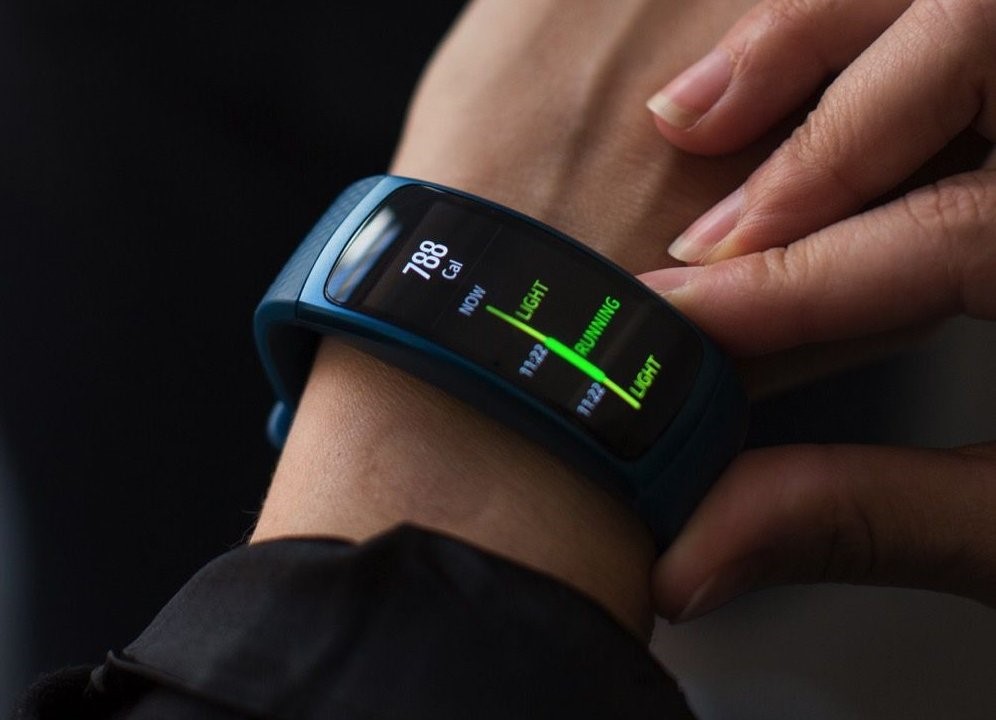As we approach 2024, the consumer health technology landscape is poised for transformative changes. The convergence of advanced technologies, heightened consumer awareness, and the ongoing quest for personalized healthcare solutions are driving innovation at an unprecedented pace. This article explores the key trends shaping consumer health tech in the coming year, focusing on digital health, wearable tech, telehealth, and data privacy.
1. Digital Health: The Era of Personalized Wellness
Digital health continues to revolutionize how consumers manage their health and wellness. In 2024, we anticipate a surge in the adoption of digital health platforms that offer personalized health insights. These platforms leverage artificial intelligence (AI) and machine learning (ML) algorithms to analyze user data, providing tailored recommendations for diet, exercise, and mental health.
One notable trend is the integration of digital health tools with electronic health records (EHRs). This integration allows for seamless sharing of health data between consumers and healthcare providers, facilitating more informed decision-making. Additionally, digital therapeutics (DTx) are gaining traction, offering evidence-based interventions for managing chronic conditions such as diabetes, hypertension, and mental health disorders.
2. Wearable Tech: Beyond Fitness Tracking
Wearable technology has evolved significantly from basic fitness trackers to sophisticated health monitoring devices. In 2024, wearables will offer more advanced features, including continuous glucose monitoring, blood pressure tracking, and even early detection of cardiovascular issues. These devices will not only track physical activity but also monitor vital signs and detect anomalies in real-time.
The trend towards miniaturization and improved sensor accuracy will make wearables more comfortable and reliable. Furthermore, the integration of wearables with smartphones and other smart devices will enable consumers to access their health data effortlessly. Companies are also exploring the use of wearables in clinical trials, providing real-time data to researchers and enhancing the accuracy of study outcomes.
3. Telehealth: Expanding Access to Care
Telehealth has seen exponential growth in recent years, and its momentum shows no signs of slowing down in 2024. The convenience and accessibility of virtual consultations have made telehealth an integral part of healthcare delivery. As telehealth platforms become more sophisticated, we expect to see enhanced features such as AI-driven diagnostics, remote patient monitoring, and virtual reality (VR) for therapy and rehabilitation.
One emerging trend is the use of telehealth for mental health services. With the increasing prevalence of mental health issues, teletherapy offers a convenient and stigma-free way for individuals to seek help. Additionally, telehealth is expanding its reach to underserved and rural areas, bridging the gap in healthcare access and ensuring that more people receive timely medical attention.

4. Data Privacy: Safeguarding Consumer Health Information
As consumer health tech becomes more pervasive, data privacy and security have emerged as critical concerns. In 2024, we expect stricter regulations and standards to protect consumer health information. Companies will need to comply with these regulations to ensure that user data is stored securely and used ethically.
Blockchain technology is gaining attention as a potential solution for enhancing data privacy. By creating a decentralized and tamper-proof ledger, blockchain can provide consumers with greater control over their health data. Additionally, the implementation of robust encryption methods and multi-factor authentication will further safeguard sensitive information.
Consumers are becoming more aware of their data rights and are demanding transparency from companies regarding how their data is used. In response, companies are adopting privacy-by-design principles, ensuring that data protection is integrated into the development of health tech products from the outset.
5. Integration of AI and ML: Enhancing Predictive Analytics
Artificial intelligence and machine learning are at the forefront of innovation in consumer health tech. In 2024, these technologies will play a pivotal role in enhancing predictive analytics, enabling early detection and prevention of health issues. AI algorithms can analyze vast amounts of data from various sources, identifying patterns and predicting potential health risks.
For instance, AI-powered diagnostic tools can analyze medical images with high accuracy, assisting healthcare providers in making precise diagnoses. ML models can also predict disease outbreaks and track the spread of infectious diseases, aiding in public health planning and response.
Moreover, AI-driven virtual health assistants are becoming more sophisticated, offering personalized health advice and answering medical queries. These virtual assistants can help consumers manage their health proactively, reducing the burden on healthcare systems.
6. Health Tech for Aging Population: Addressing Elderly Care
The aging population presents unique challenges and opportunities for consumer health tech. In 2024, we anticipate the development of innovative solutions tailored to the needs of the elderly. Smart home technologies, such as fall detection systems and remote monitoring devices, will enable seniors to live independently while staying connected to their caregivers.
Wearable devices designed for seniors will monitor vital signs, detect emergencies, and provide medication reminders. Additionally, telehealth platforms will offer specialized services for elderly care, including geriatric consultations and remote physiotherapy.
AI-powered companion robots are also emerging as a promising solution for elderly care. These robots can provide social interaction, assist with daily tasks, and monitor the health and well-being of seniors. By leveraging technology, we can enhance the quality of life for the aging population and support their independence.
Conclusion
The trends in consumer health tech for 2024 highlight the transformative potential of technology in enhancing health and wellness. From personalized digital health platforms and advanced wearables to telehealth and robust data privacy measures, the future of consumer health tech is promising. As we navigate this rapidly evolving landscape, it is crucial to prioritize innovation, accessibility, and ethical considerations to ensure that these technologies benefit all consumers.
By embracing these trends, we can empower individuals to take control of their health, improve healthcare outcomes, and create a more connected and resilient healthcare ecosystem. As we move forward, the collaboration between technology developers, healthcare providers, and policymakers will be essential in shaping a healthier and more sustainable future.










